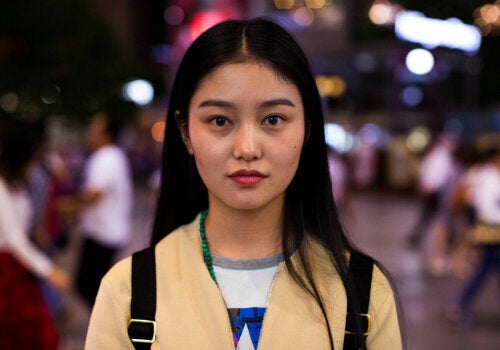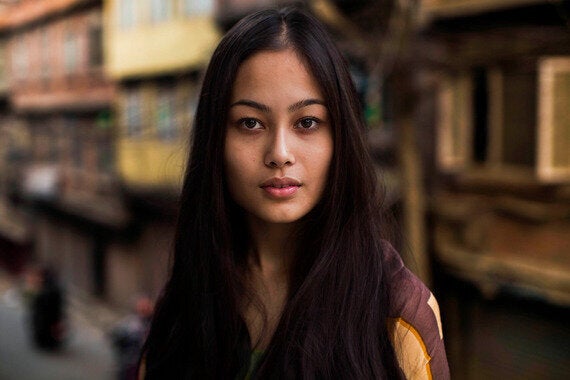
Photo credit: whatsonweibo.com
In recent times, Western European women have focused less on looking younger and more on "great for their age". This is certainly a phenomenon I have observed in women of Caucasian descent in my clinic. On the whole, populations such as Germany and Scandinavia do not want to look different, just age appropriate. Whereas women of East Asian descent are commonly wanting to look younger and do want to change their features. Looking young, different but improved can be linked to societal standing, so women of Chinese or Japanese descent can be proactive in searching for new innovations. Familial pressures to be young and slim can be strong, as can desires for fortune-related characteristics with regards to certain facial features. My lecturing work throughout different provinces in China has helped to really deepen my knowledge and understanding of Chinese beauty goals and I can translate that to the large Chinese community we have in Manchester, U.K.
In my clinic I also see many patients of Indian subcontinent ethnicity. I find these groups fascinating in terms of their tastes. They often want to achieve a sophisticated look and even skin tone but with a focus on natural results. I also note that in contrast to East Asian patients, they may feel judged by their communities for seeking treatments, even if they are corrective.

Photo credit: chineseportal.net
Certain countries have been found to share beauty ideals and this may aid our communication when consulting these patients. The UK, France, Canada and Australia tend to believe in ageing positively, not necessarily denying ageing but doing it in a polished way. Skin interventions that improve skin quality and result in a natural, make-up free finish may be attractive options for these patients.
In patients of East Asian descent such as South Korea, Taiwan, China and Japan may focus on transformation. They want to transform the way they look and language such as "attractive, pretty, stunning and flawless" has been found to define beauty in 47% of Chinese women.
In Italy and Turkey part of their understanding of beauty correlates with their fashion tastes. 22% of Italians and 23% of Turkish women associated with "Style and glamour" as a beauty outcome.
In Brazil, Saudi and the UAE, women may want to accentuate certain anatomical features to enhance their allure. A Brazilian woman may want to achieve a fast result in a society where her figure can be under close scrutiny. I have found in my practice, a focus on eye and eyebrow accentuation can be popular in women who wear hijab and niqab to express their magnificence.

Photo credit: telegraph.co.uk
The complex pursuit of beauty has now transcended all regional borders. It is our duty to understand our patient's backgrounds and responsibly help them to achieve their goals. I consider myself fortunate to have a career that allows me to understand different cultures through teaching around the world. As someone from a heterogenic family and international background, these diverse perspectives have always been a natural part of my life. Of course, the more heterozygotic our patient populations become, the more challenging our work to create true authentic attractiveness. I welcome these fascinating progressions in our specialty and feel privileged to be a part of this evolution.
Bibliography
Office for National Statistics Immigration Data on File 2016
The Changing Face of Beauty: A Global Report 2016 Allergan